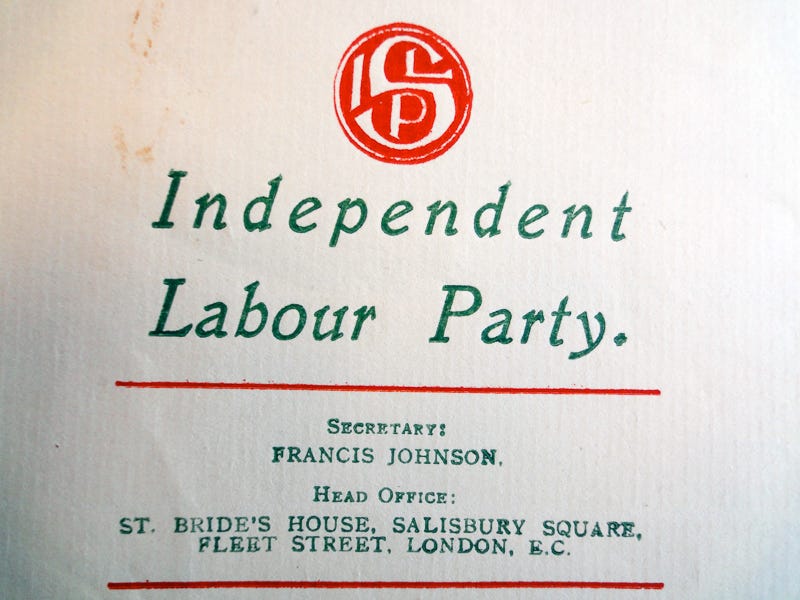After the defeat of the Labour Left in 2020, there have been several different responses by socialists previously pursuing a strategy of building the left within the party:
• Stay and fight?
This was logical for the Labour Left MPs in the Socialist Campaign Group, even if a good number have since had the whip removed and will probably not be able to stand again as a Labour candidate.
But staying and fighting may have proved impossible for those in groups like Socialist Appeal and the Alliance for Workers’ Liberty which have been banned by Labour’s rightwing leadership. And for the tens of thousands of Labour members who have left of their own accord, the idea seemed unthinkable.
The reason for ordinary party members staying might have been the opportunity to select parliamentary candidates – but these selection processes have almost universally excluded the Labour Left.
And recently, dozens of Labour councillors have quit over the party leadership’s seeming endorsement of genocidal violence in Gaza.
But Labour’s affiliated trade unions appear to be sticking with the party for now, pushing for electoral reform and Angela Rayner’s New Deal for Working People. For the union leaders, Labour is not dead as a site of struggle.
• Start a new party?
Some have tried: the Breakthrough Party, the Northern Independence Party, the Resist Movement, and the Social Justice Party, to name a few initiatives. And comrades of Socialist Appeal are to launch a party soon, of course (though whether the Revolutionary Communist Party has an electoral focus is uncertain).
The most successful new election-fighting force, now claiming to have 3000 members, is the Workers Party of Britain, winning a 20% vote share in the Batley and Spen by-election.
However, forming multiple new parties has created the problem of how to avoid candidate clashes. So far, TUSC has been able to minimise this in local elections.
But for the upcoming general election, no agreement is in place for the broad left to unite against the Labour Right to try to maximise the numbers of a “left bloc” of MPs in the next parliament who might be minded to champion an alternative economic and political strategy.
• Leave for greener pastures?
The Greens have certainly boosted their membership and polling since 2019, suggesting that it’s not just an activist layer which they are drawing from Labour but also voters previously aligned with the party.
This red-to-green move has yet to be taken by a Labour MP. With several currently suspended from the parliamentary party, and the remaining left MPs at risk of being purged, this does remain an option – should the Green Party leadership be willing to accept the baggage which would come with such a move, of course.
A problem remains for the left: the Greens do not have a programmatic commitment to working-class rule. A suspicion hangs over the party’s leaders, are they sincere left-reformists or are they just liberals on bicycles?
• Declare independence?
This is certainly the approach favoured by disgruntled Labour councillors on the party's left. And where the splits have been sizeable, new independent groups have formed.
Given the difficulty of starting a new party from scratch without the generosity of wealthy donors, most ex-Labour members are opting for the Greens and some defecting councillors have gone from red to green rosettes.
But for elected representatives much more than ordinary Labour members, the status of “independent” is attractive. A local councillor can have a good enough local profile to wrap themselves in the elusive flag of localism and effectively wear a rosette of many colours at the next election, depending on how voters perceive the independence of the candidate.
Some have sought to brand independence as specifically independence from the Labour Right, which dominates the party in local government and has presided over more than a decade of spending cuts in big cities across the country.
Collective independence
In Liverpool, ex-Labour councillors have stood and been re-elected, as the Liverpool Community Independents. Voters in this instance could be in no doubt that they were a small left party given their common identity.
There has been no hiding where these comrades stand politically. Nor would they want or need to hide being left-wing in a city which has a high level of trade union membership and which was in past decades a stronghold for the Labour Left in local government. They are involved in Transform, an effort to form a new eco-socialist workers’ party as a merger of the Breakthrough Party and Left Unity.
The Liverpool Community Independents are setting an example for the left. And one which left MPs should follow…
Independent Labour?
Several Labour Left MPs, the most prominent being the former party leader Jeremy Corbyn, find themselves suspended from the parliamentary party and unlikely to be readmitted. They sit in parliament as independents, but most are certain to remain Labour Party members until they declare they’ll stand in the general election regardless of the leadership’s decision.
If Corbyn and the other suspended MPs declare they are forming “Independent Labour”, it may be possible to re-elect a handful of left candidates in the general election. They could even endorse a list of candidates who would be challengers to sitting Labour Right MPs. Perhaps they would back the Greens in their target seats, and where no other left candidate is running.
Chances are there will be a Labour government after the general election. The question for the left is what kind of pressures will it face in this next electoral cycle. Will it gain a landslide majority of Starmer clones with the collapse of the Tory government, or will Labour be forced into a “coalition of chaos” out of which a left bloc emerges?

